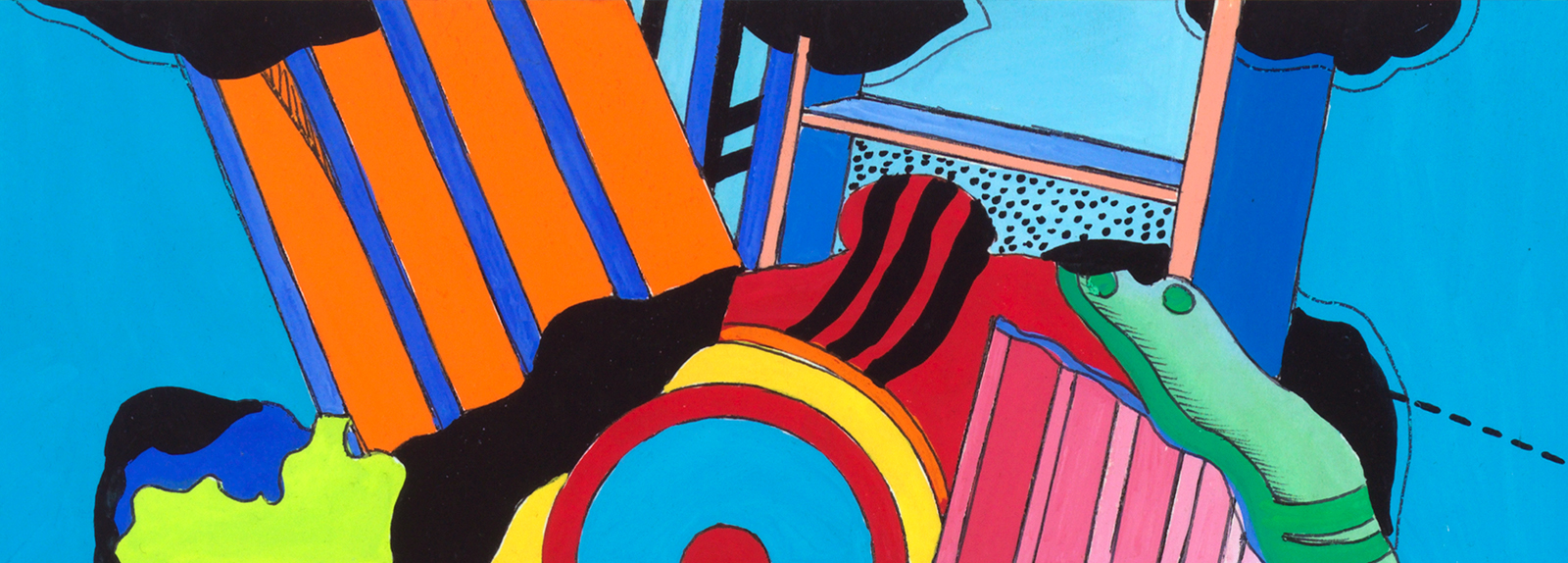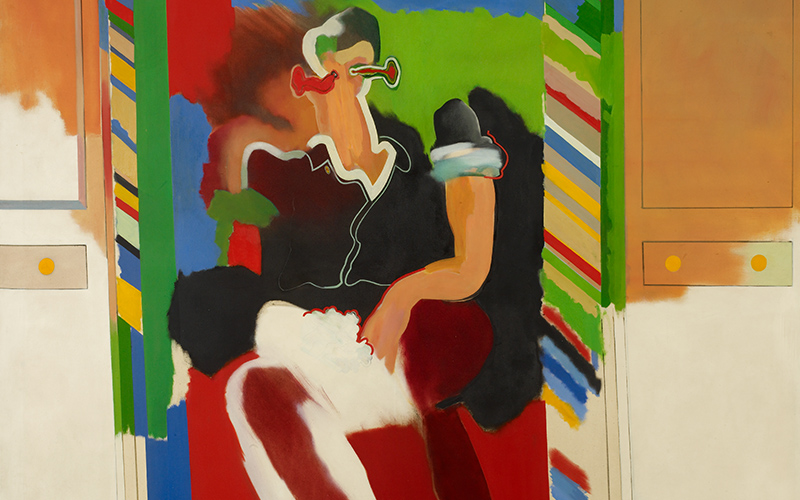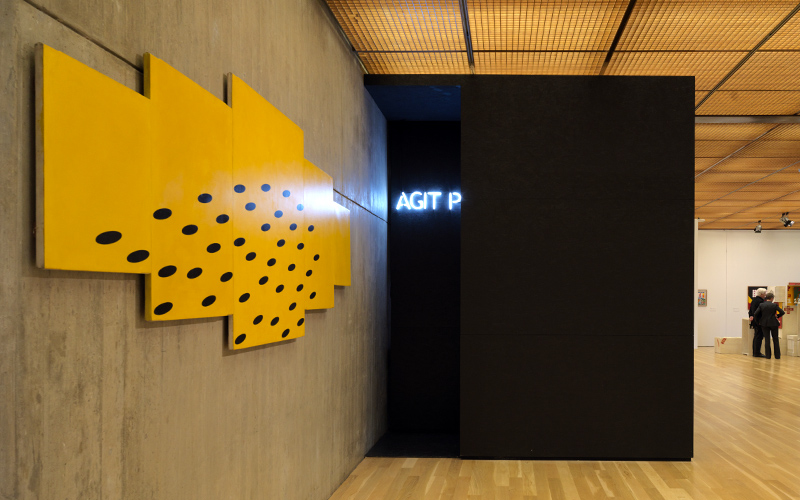
Post-Pop. Beyond the commonplace
The exhibition departs from Pop Art, as an emblematic and renowned artistic language from the middle of the 20th century, to explore the diversions that various Portuguese and English artists took from it. On display are artworks which inherited the sense of communication of Pop and used some of its visual resources – such as collage, cut outs, repetition, ready-made, the conjugation of various techniques in a single piece of work and photography –, but transcended the literalness of the images of classic Pop (of Anglo-American origin, from the end of the 1950s and the beginning of the 60s) subverting the power of the commonplace from which these images were created.
There was no intended entrance and exit to the exhibition. Instead, the space was conceived around two possible entrances (from the Main Building of the Calouste Gulbenkian Foundation and from f the Calouste Gulbenkian Museum – Founder’s Collection). Similarly, the exhibition was not intended to have clearly identifiable sections, leaving it to the visitor to establish visual and thematic connections between the different exhibition areas.
Know more about the event

Colour and materials
Those entering the exhibition from the Main Building of the Calouste Gulbenkian Foundation find firstly two rooms where the colour and diversity of artistic proposals are manifest.

Pop, yes or no?
Artists usually associated with the most famous phase of British Pop from the beginning of the 1960s, such as Allen Jones and Patrick Caulfield, always rejected the label ‘Pop’.

After Pop
Other artists, such as, in the national sphere, Teresa Magalhães and Fátima Vaz, on a formal and technical level.

Who is afraid of ornamentation? And of abstraction?
Professor and director between 1988 and 2000 of the famous London art school, Slade School of Fine Arts, Bernard Cohen was simply not interested in Pop, in the period of English and American classic Pop Art, or as he likes to say, of Popular Art, too conformist and directed.

The construction of a space: the black boxes
Without defined sections in visual progression and in the relationships that can be established between the works on display, the exhibition presents three spaces which were intended as more secret and experimental places, which in practice function like journeys back in time to some aspects of the chosen decade: 1965-75.